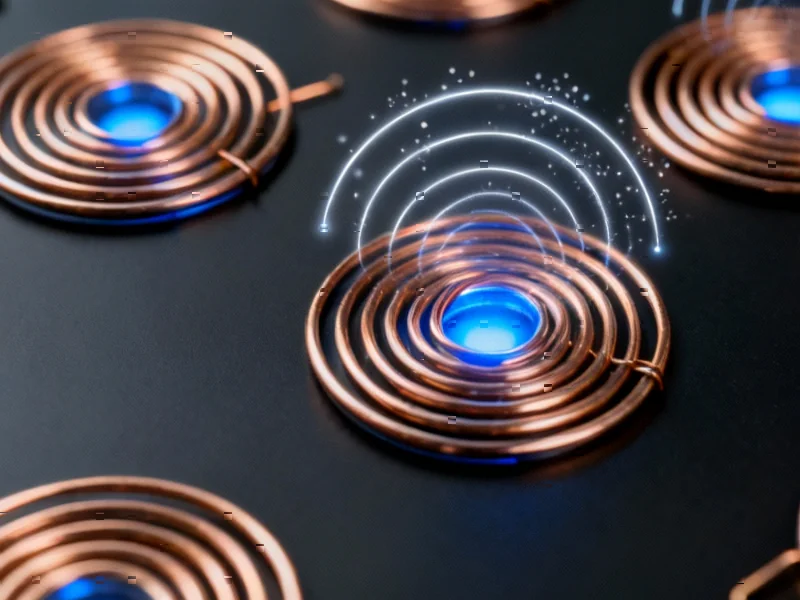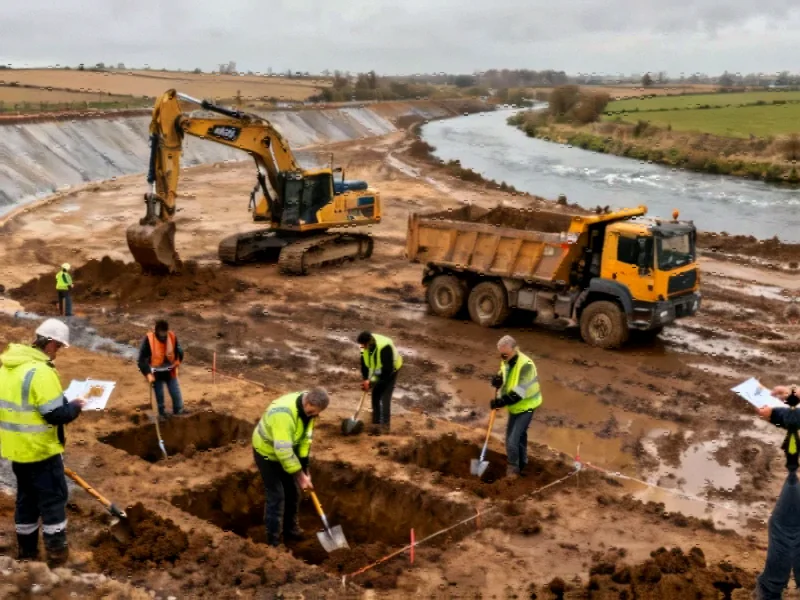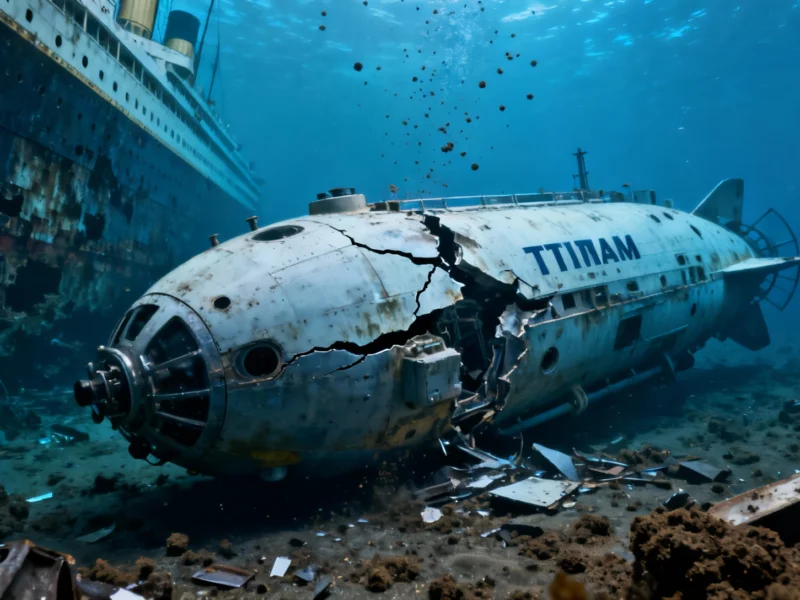SubCtech Advances Sustainable Subsea Power with Breakthrough Energy Storage Systems
German marine technology firm SubCtech has developed a groundbreaking subsea energy storage system capable of 2-6MWh capacity. The company’s advanced battery technologies are reportedly reducing costs and emissions across offshore industries.
Pioneering Sustainable Subsea Power Solutions
SubCtech, a Kiel-based underwater technology specialist founded in 2010 by applied physicist Stefan Marx, has emerged as a significant player in marine power systems, according to industry reports. The company, now operating as part of the Gabler/Possehl Group, has reportedly grown to employ over 85 professionals and plans to expand production facilities in 2025 to meet increasing global demand.




